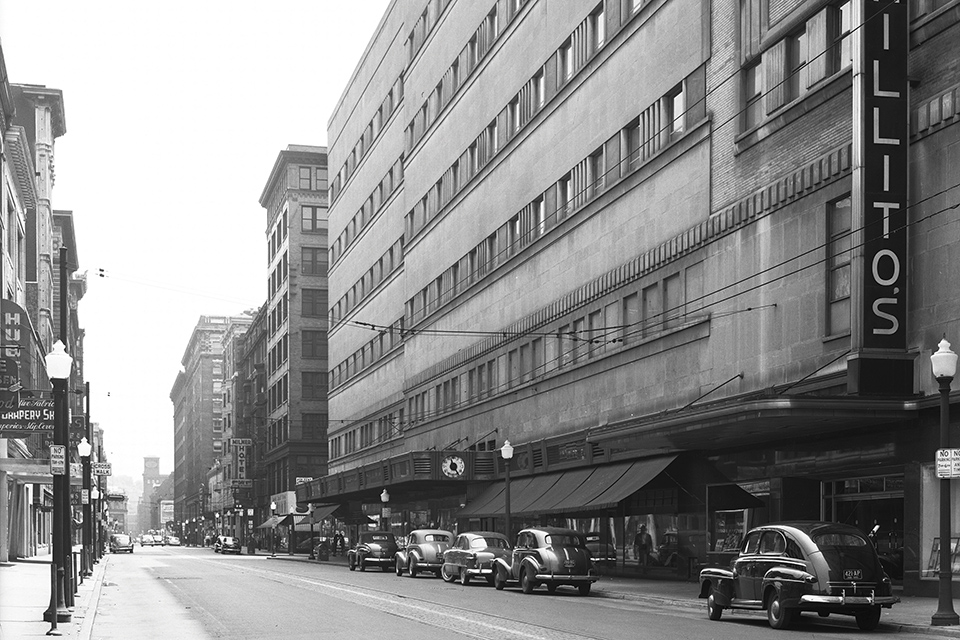Ohio Life
Revisiting Ohio’s Bygone Department Stores
Department stores once ruled the retail landscape with their wealth of offerings and festive approaches to the holidays. These four are long closed, but the memories of them still burn brightly.
Related Articles

New Book Details Origins and Evolution of Dayton’s Carillon Historical Park
The destination’s vice president of museum operations Alex Heckman and curator Steve Lucht wrote the 222-page, hardbound coffee-table book. READ MORE >>

See ‘Heartland: The Stories of Ohio Through 250 Objects’ in Lancaster
The Decorative Arts Center of Ohio hosts an artifact-focused exhibition that tells the story of our state through a collection of family keepsakes and iconic inventions. READ MORE >>

Historic Marker Installed at Home of Orville Wright
Hawthorn Hill, the Oakwood home where aviation pioneer Orville Wright lived with his sister and father, now bears a new marker celebrating its place in American history. READ MORE >>


.jpg?sfvrsn=99bc38_7&w=960&auto=compress%2cformat)

.jpg?sfvrsn=e899bc38_7)

